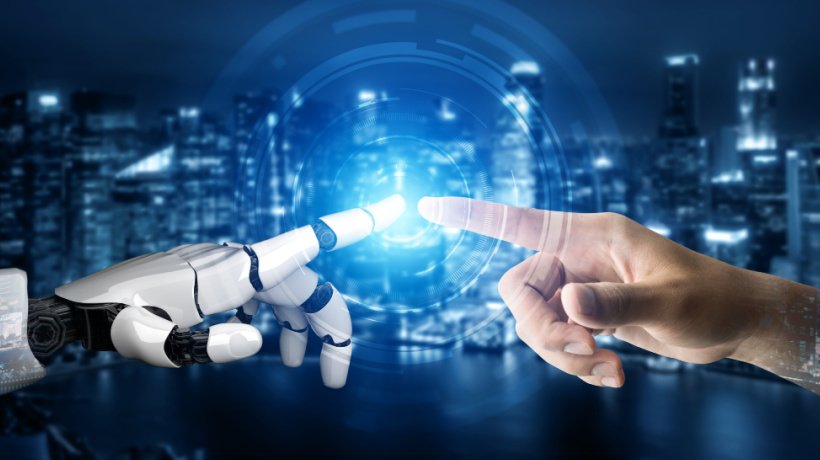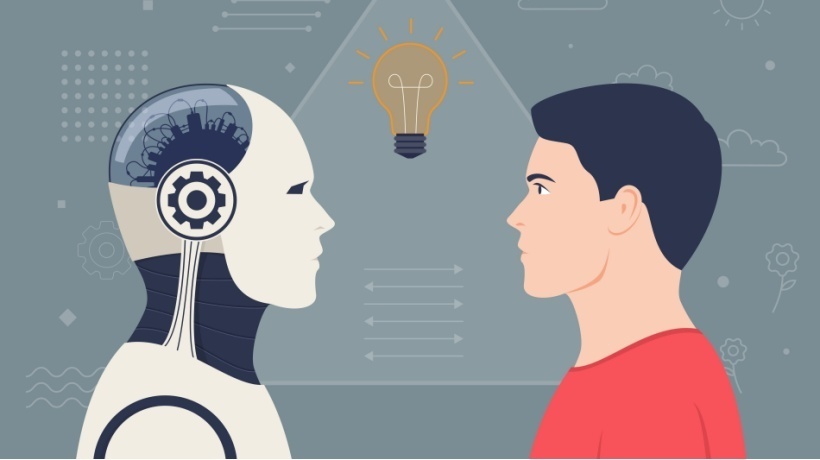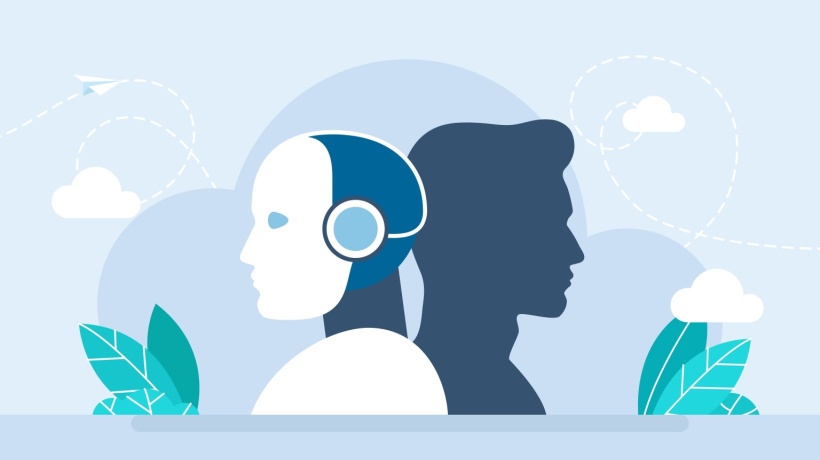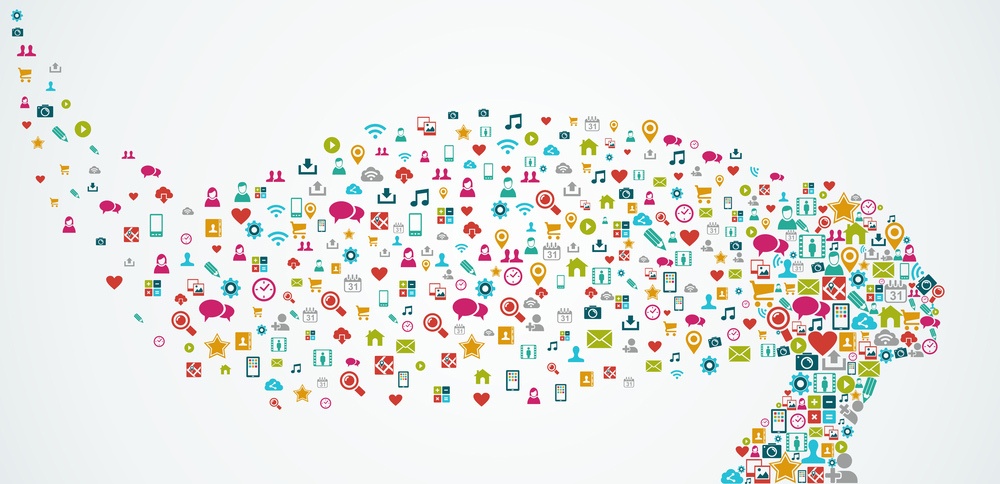The Rise Of Collaborative Intelligence
It seems like technological advancements are reshaping the way industries operate at a fast pace. With the rise of Artificial Intelligence (AI), one of the most recent concepts that has the potential to reshape the modern workforce is collaborative intelligence. It's an approach where humans and AI work together to achieve results that couldn't typically be achieved by either alone. In short, it involves employees in various industries collaborating with AI, combining human creativity and AI accuracy for optimal outcomes. The importance of collaborative intelligence is evident in the current workplace, where tasks need to be automated to ensure efficiency. So, let's delve into the whys and hows of this concept and what it means for employees and businesses.
Understanding Collaborative Intelligence
Of course, the scenario of humans and Artificial Intelligence complementing each other is ideal, but what does it really mean? It surely isn't about machines replacing employees but more about enhancing each other's abilities. For instance, imagine a marketer trying to figure out why a campaign is underperforming. Their experience is invaluable, but AI software can quickly analyze data and patterns. The marketer's knowledge, combined with the software's data-driven information, can offer more reliable results, which will help the marketing team make the necessary adjustments to the campaign. So, it's clear that no matter what insights AI provides to employees, the final decision is in their hands. After all, they're the ones with enough wisdom and expertise to choose the right option.
Why Is It Good For Your Workforce?
Improved Efficiency
Collaborative intelligence helps tasks that used to take ages be completed in the blink of an eye, all thanks to AI's fast data processing. Let's take the medical world as an example. A doctor who tries to read an X-ray of a patient utilizes AI software that quickly scans the image and points out potential issues. This gives the doctor time to focus on the results and come up with a diagnosis. Other industries leverage AI as well to produce quicker and more accurate results. Additionally, it frees up employees' time, as it can handle their daily repetitive tasks so that they're able to work on the most important aspects of their projects that need a human touch.
Enhanced Innovation
Traditional brainstorming can undoubtedly lead to good ideas, but collaborative intelligence takes it a step further. AI quickly highlights trends, patterns, and other useful information that are perfect for creating context. This way, it's easier for employees to make connections between different concepts and approaches, thus coming up with innovative ideas and solutions to problems. Plus, this brings a variety of opinions to the table. Human imagination and creativity are extremely important in problem-solving, but these ideas can be easily backed up by AI data-driven facts. Imagine multiple employees contributing their unique ideas and supporting them with solid facts. This leads to stronger solutions that can solve any issue the company faces.
Better Customer Experience
AI and human intelligence can make a well-coordinated team that addresses customers' needs. By leveraging both your employees' expertise and technology, you're able to predict customer preferences as well as create personalized experiences that truly resonate with them. So, while AI analyzes data patterns, employees carefully read them to empathize with your company's audience and understand their needs. AI's help doesn't stop there, though. It can also respond to common questions by customers in the form of chatbots, freeing the hands of customer support agents who can now focus on resolving more complex issues. This means faster response times and, thus, more satisfied customers. Your consumers will get the efficiency and understanding they want, and your business will benefit from customer loyalty and positive reviews.
Challenges Of Implementing It
Ethical Considerations
The main issue with AI is the way it's trained. Some AI technologies are trained based on outdated, biased, and inaccurate data that can produce faulty results. So, for example, if your company has been hiring mostly men in the past, your AI-based hiring software may be biased when selecting candidates. As we rely more on AI's decision-making, we need to ensure that those decisions are fair. This is where the human factor comes into play. Employees should keep a close eye on the data AI is trained on and constantly question whether the results align with the company's values. It's also important to consult with AI experts if you intend to use this technology extensively to make informed decisions. These professionals will help you define guidelines that shape the AI systems' behaviors and use transparent practices.
Workforce Adaptation
It may be difficult for your staff to get used to alternative ways of getting things done at work. They may even be concerned about being left behind due to AI implementation. To alleviate their fears, you should invest in reskilling and upskilling programs that will arm them with the necessary skills to deal with AI technology. This way, they'll see this change as an opportunity to learn rather than a threat to their position. They'll need to interpret AI-generated data, operate the system, and collaborate with it regularly, so there's no better way to prepare them for this than training. The transition may not be easy, but you must highlight to your staffers that learning new ways of working helps them grow into a better version of themselves. Plus, AI will be more like a new twist to their job that'll make tasks less repetitive and more interesting for them.
Data Security
AI thrives on data since it learns and evolves through vast amounts of information. But with data comes responsibility, and when companies handle sensitive information, there's always the danger of breaches. So, how can you ensure that you're protected from misuse or unauthorized access? Start by following local regulations and laws to protect your customers' information and your own intellectual property. Additionally, pay attention to the data silos you break down to help your teams have equal access to information. This can cause a loss of control over who can see sensitive data, making your company more vulnerable to leaks. Privacy is the most important aspect of handling data, so make sure you take a proactive approach to protecting it.
How To Establish Collaborative Intelligence In The Workplace
Identify Tasks For Collaboration
Picking the right tasks for collaboration between employees and AI requires some planning. You should make it clear that it's about finding spots where the two intelligences can join forces and thrive together. One way to start is by looking for tasks that require both creative thinking and data analysis. For instance, your marketing department has many tasks that require sorting through data and making smart choices. You also need to consider task complexity. Some jobs are repetitive, so there's space for AI to take up routine stuff, while others rely solely on human imagination and problem-solving. Don't forget to take it slow in the beginning, though. Start by implementing collaborative intelligence into small projects and see how this works out.
Transparent Communication
To successfully adopt collaborative intelligence practices, you need to keep everyone on the same page regarding the tasks, processes, and outcomes involving AI. When you're upfront about its use, limitations, and decision-making processes, your staffers will be more confident in accepting and learning how to operate AI. Transparent communication ensures that AI's results are widely accepted, too. If the reasons behind the software's recommendations are unclear, your team may struggle to collaborate. However, don't forget to ask for feedback from your employees, encouraging them to share their concerns, suggestions, and insights concerning AI and its use.
Address Fears
Still, many people will begin to fear that AI will take their jobs. It's your responsibility to help them understand that this technology is a tool and not a rival. You should make them realize that it's more like an extra coworker that is by their side, ready to assist them in their day-to-day tasks. This will give them more time to focus on what's truly important in their job, thus allowing them to develop professionally. Similarly, it's vital that they know that AI doesn't make decisions by itself; it operates under human guidance.
Conclusion
By showcasing AI as a tool that empowers human skills, you can create a future where employees can work alongside AI. Ensuring that everyone knows how this impacts the bigger picture is important. This is why you should ensure you've got everything mapped out before communicating it to your workforce. The most important thing is to strike a balance between reaping the rewards of collaborative intelligence and making certain that it aligns with your values and goals.







